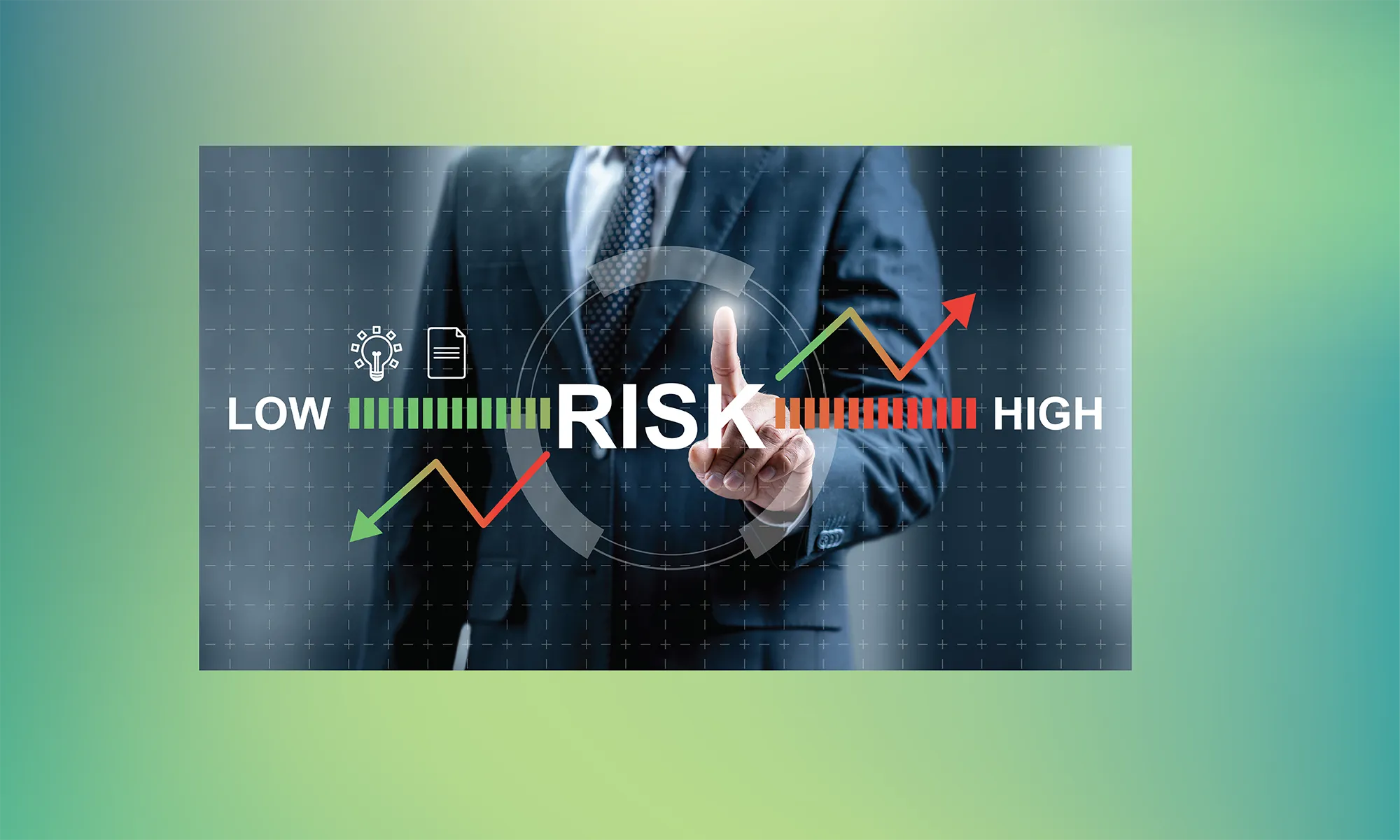Italy VAT Guide for International Businesses
Summary
Standard VAT Rate
22%
Digital Reporting Requirements / E-invoicing
Yes
Sales Tax on Cross-Border Electronically Supplied Services
Yes
Tax Authority Website
Revenue Agency (Agenzia delle Entrate)
VAT Rates in Italy
The standard Valued Added Tax (”Imposta sul Valore Aggiunto”) rate in Italy is 22%, with some goods and services exempt from Italian VAT, such as insurance, reinsurance, and annuity transactions.
The following Italian territories are excluded from the scope of VAT:
- Livigno, Campione d’Italia and
- The territorial waters of Lake Lugano
VAT Registration Thresholds in Italy
Generally, any taxable person, an individual or legal entity that makes the supply of goods or provision of services as part of its regular business activity or performs an artistic or professional activity in Italy is obliged to register for VAT.
- VAT registration threshold for established domestic sellers: VAT registration should be mandatory for persons engaging in business, professional, artistic, or agricultural activity on a regular basis. There is no threshold for registration. Natural persons residing in Italy who start their own business, profession, or artistic activity with an expected annual turnover of less than EUR 65 000 (increased to EUR 85 000 between January 1, 2023 and December 31, 2024) may opt to operate under the flat rate scheme. This scheme simplifies VAT obligations and relieves the taxpayer from collecting and remitting VAT.
- VAT registration threshold for non-established sellers: there should be no threshold for foreign taxable persons providing supplies of goods and/or services to final consumers in the course of regular business activities
- VAT registration threshold for intra-EU distance selling of goods and B2C telecommunications, broadcasting & electronic services (TBE): EUR 10,000 (net) per calendar year
- VAT registration threshold for non-resident, non-EU based suppliers of Electronically Supplied Services (ESS): No registration threshold
Italian VAT Number Format
The Italian Tax ID number for natural persons is exclusively issued by the Revenue Agency (”Agenzia Delle Entrate”), for both residents and foreign persons.
- For individuals - the Tax ID (”Codice Fiscale”) is composed of 16 alphanumeric characters, with each character specifically identifying the individual to some extent.
- For businesses - the Italian VAT number (”Partita IVA”) is composed of 11 numerical characters.
VAT on Electronically Supplied Services (ESS) in Italy
Digital Services in the European Union (EU) are often referred to as electronically supplied services (ESS). Italy applies the harmonized EU VAT rules for ESS.
- For the B2B supplies of such services, the general place of supply rule for services has to be considered.
- For B2C supplies, the EU ESS rules should apply to foreign companies selling to (Country) consumers.
Under the EU’s B2C ESS rules, until the sales value reaches EUR 10,000 (including distance sales of goods), the seller can charge VAT where it is resident. Once the sales exceed the threshold, the seller should register for VAT in (Country), or it can choose to account for the VAT under the EU’s One Stop Shop (OSS) regime.
VAT Rate: 22% VAT is typically applied to the sale of affected digital services/ Electronically Supplied Services
Will your business need to pay VAT on digital services in Italy in 2024?
Learn More About VAT on Digital Services in Italy
Marketplace & Platform Operator Rules in Italy
Italy applies the harmonized European Union’s (EU) VAT rules for marketplace & platform operators.
Supply of goods
A marketplace is deemed to have received and supplied the goods themselves. This transaction is split into two supplies:
- A supply from the underlying supplier to the marketplace (deemed B2B supply)
- A supply from the marketplace to the final customer (deemed B2C supply).
This rule covers the following:
- Distance sales of goods imported to the EU with a value not exceeding EUR 150
- Supplies of goods to customers in the EU, irrespective of their value, when the underlying supplier is not established in the EU (both domestic supplies and distance sales within the EU are covered).
Supply of services
When electronically supplied services are sold through an intermediary, e.g. a marketplace for applications, the intermediary is deemed to have received and supplied the services themselves. Therefore, the VAT liability shifts to the intermediary from the underlying supplier.
Invoice Requirements in Italy
Mandatory invoice requirements in Italy are as follows:
- Document & general transaction information
- Invoice issue date. Please note that, in addition to the invoice date, the Revenue Agency has another control tool at its disposal: the date of sending the electronic invoice to the SDI
- The progressive number that uniquely identifies the invoice
- Supplier information
- Name, address, and VAT number
- Customer information
- Corporate name and business name of the client in the case of a company, or the first and last name of the individual and tax identification number
- VAT number of the buyer
- Financial transaction information
- Description of the transaction: i.e., the nature, quality, and quantity of the goods and services forming the object of the transaction
- Taxable amount
- Other considerations relating to other goods sold as a discount, premium, or rebate
- VAT rate/rates applicable, amount of the tax per tax rate, and the taxable amount rounded to the nearest cent
- Indication of exempt, excluded, and non-taxable operations
Depending on the type of the transaction and/or invoicing parties, additional information should also be added.
E-Invoicing & Digital Reporting for Italy
The Exchange System, managed by the Revenue Agency, is a computer system that is enabled to:
- receive invoices in the form of files with the characteristics of the FatturaPA;
- carry out checks on the files received;
- forward the invoices to the recipient, that being public administrations or to private assignees/customers (B2B and B2C).
Italy has gradually introduced the E-Invoicing system, called the “Exchange System” (”Sistema di Interscambio”), in several phases.
- In April 2015, the e-invoicing obligation for transactions with public governmental bodies came into force
- From January 2017, e-invoicing became optional for B2B transactions
- In 2019, e-invoicing became mandatory for B2B and B2C transactions
E-Receipts should be mandatory for certain categories of B2C transactions. These are reported on the SDI platform.
Learn more about E-Invoicing and Digital Reporting in Italy
Governmental Body Responsible for E-invoicing and Digital Reporting in Italy
The Revenue Agency (”Agenzia delle Entrate”) is the governmental body responsible for managing and administering the e-invoicing platform in Italy.
VAT Payments and Returns in Italy
Full VAT Returns
Penalties in case of late filings or misdeclarations
In the case of the late submission of VAT returns and payments, the Italian Revenue Agency provides a grace period to taxable persons, called the ordinary late filing in case of negligence. Taxable persons receive an additional 90 days from the fixed deadline to submit the return without receiving a penalty for late filing.
- A fixed penalty should be applied to the late VAT return, with a minimum threshold of EUR 250 applied even if no taxes are due and with a maximum threshold of EUR 2,000.
The VAT return can only be presented electronically by taxpayers who are obliged to present it. VAT returns submitted by mail are considered drawn up on a non-compliant form, and consequently, a fine ranging from EUR 250 - 2000 should be applied.
Disclaimer on Tax Advice
Fonoa does not provide professional tax opinions or tax management advice specific to the facts and circumstances of your business and that your use of the Specification, Site, and In addition, due to rapidly changing tax rates and regulations that require interpretation by your qualified tax professionals, you bear full responsibility to determine the applicability of the output generated by the Specification and Services and to confirm its accuracy. No professional tax opinion and advice. Fonoa does not provide professional tax opinions or tax management advice specific to the facts and circumstances of your business and that your use of the Specification, Site, and In addition, due to rapidly changing tax rates and regulations that require interpretation by your qualified tax professionals, you bear full responsibility to determine the applicability of the output generated by the Specification and Services and to confirm its accuracy.










